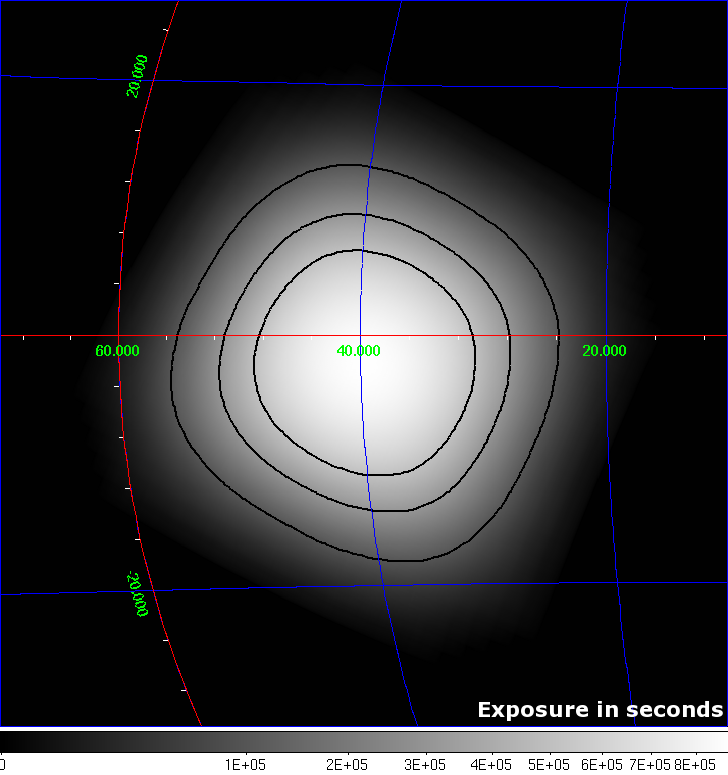Proposal Details - 0820026
Probing the structure of superaccreting disk in microquasar SS433 from INTEGRAL observations (Cherepashchuk)
Proposal Summary (based on proposal abstract)
It is proposed to proposed to spend four fixed-time orbits of INTEGRAL (475 ks + 475 ks) to observe the galactic microquasar SS433, which fully cover two orbital hard-X-ray eclipses near the face-on disk precessional phase of the source in April 2011 and October 2011. AO8 is exceptional for SS433 observations in comparison to all prevous INTEGRAL AOs in providing the rare opportunity to see two precessional maxima within the visibility constraints of INTEGRAL, and one proposes to make use of this opportunity. The main scientific goal of new observations is to carry out hard X-ray spectroscopy of the source during the primary eclipse ingress/egress and to study its highly variable form. The phase-resolved spectroscopy will be used to probe the structure and physical parameters of a 20-keV rarefied corona around the center of the supercritical accretion disk in SS433 discovered in previous INTEGRAL observations. Adding new hard X-ray light curves of the primary eclipse near the precessional maximum will significantly improve upon the geometrical model of the source and the binary system parameters. The proposal is not associated with any of the AO8 Key Programs.
Observation Strategy (Recommended by TAC)
Total of 948 ks in the standard 5x5 dithering mode centered on RA, Dec = 287.957, 4.983 (l, b = 39.694, -2.245), split in four observations of 237 ks each. SS 433 will be observed at specific times: the aim is to cover the ingress and egress of its primary orbital eclipse near the face-on disk precessional phase of the source (lasting ~2.5 days each), in April 2011 and October 2011.
Proposal grade: A
Data Rights (Recommended by TAC)
The TAC has allocated the following specific Data Rights to this proposal: SS 433.
Consult the Data Rights policy for more information on Russian Federation proposals.
Exposure Map
Exposure maps are in units of s and shown using Galactic coordinates. The intensity scale is given by the colourbar, and there are contour levels at 100, 300 and 500 ks.
